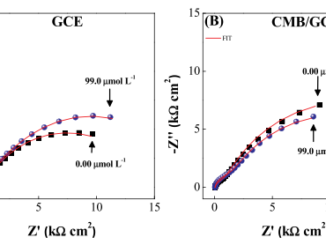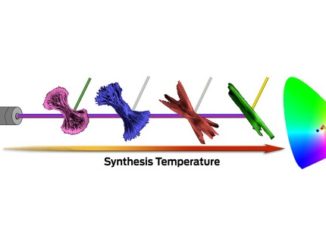
Catalysis of oxygen reduction reaction for H2O2 electrogeneration: The impact of different conductive carbon matrices and their physicochemical properties
Abstract: Carbon-based catalysts are widely used in oxygen reduction reactions (ORR) via 2e- for H2O2 electrogeneration. The direct comparability of the structural proprieties of different carbon matrices applied on ORR, however, has never been tested. Here, we evaluate how the electrochemical and structural properties of different carbon-based materials, including carbon Printex XE2B (PXE2BC), Printex L6 (PL6C), carbon derived from lignin (LIGC), graphite (GRA) and glassy carbon (GC), affect on ORR. All the materials were characterized by Raman spectroscopy, X-ray photoelectron spectrometry (XPS), elementary analysis, field emission gun scanning electron microscopy, surface area measurements and electrochemical assays for the evaluation of ORR. Notably, the morphology, the size of the particles and the types of functional groups present in the structure of carbon materials were keys in the efficiency of ORR. The carbon materials PL6C and PXE2BC with high surface area and oxygenated functional groups in their structure displaced the ORR potential, facilitating the reaction. Carbon materials with less surface area, such as GRA, LIGC and GC, and whose main functional groups in their structures were non-oxygenated or nitrogenated, were less active in ORR. The displacement of the potential and the efficiency of H2O2 generation were directly dependent on the electrochemical and structural characteristics of the materials used as catalysts. These results are particularly relevant regarding a proper choice of carbon catalyst can increase the efficiency of ORR.
Author(s): Cordeiro-Junior, PJM; Kronka, MS; Goulart, LA; Veríssimo, NC; Mascaro, LH; Santos, MC; Bertazzoli, R; Lanza, MRV
Journal of Catalysis
Published: December 2020, Volume: 392, Pages: 56-68
DOI: https://doi.org/10.1016/j.jcat.2020.09.020
CDMF
The CDMF, hosted at the Federal University of São Carlos (UFSCar), is one of the Research, Innovation and Dissemination Centers (RIDC) supported by the São Paulo State Research Support Foundation (Fapesp), and also receives investment from the National Council Scientific and Technological Development (CNPq), from the National Institute of Science and Technology of Materials in Nanotechnology (INCTMN).




